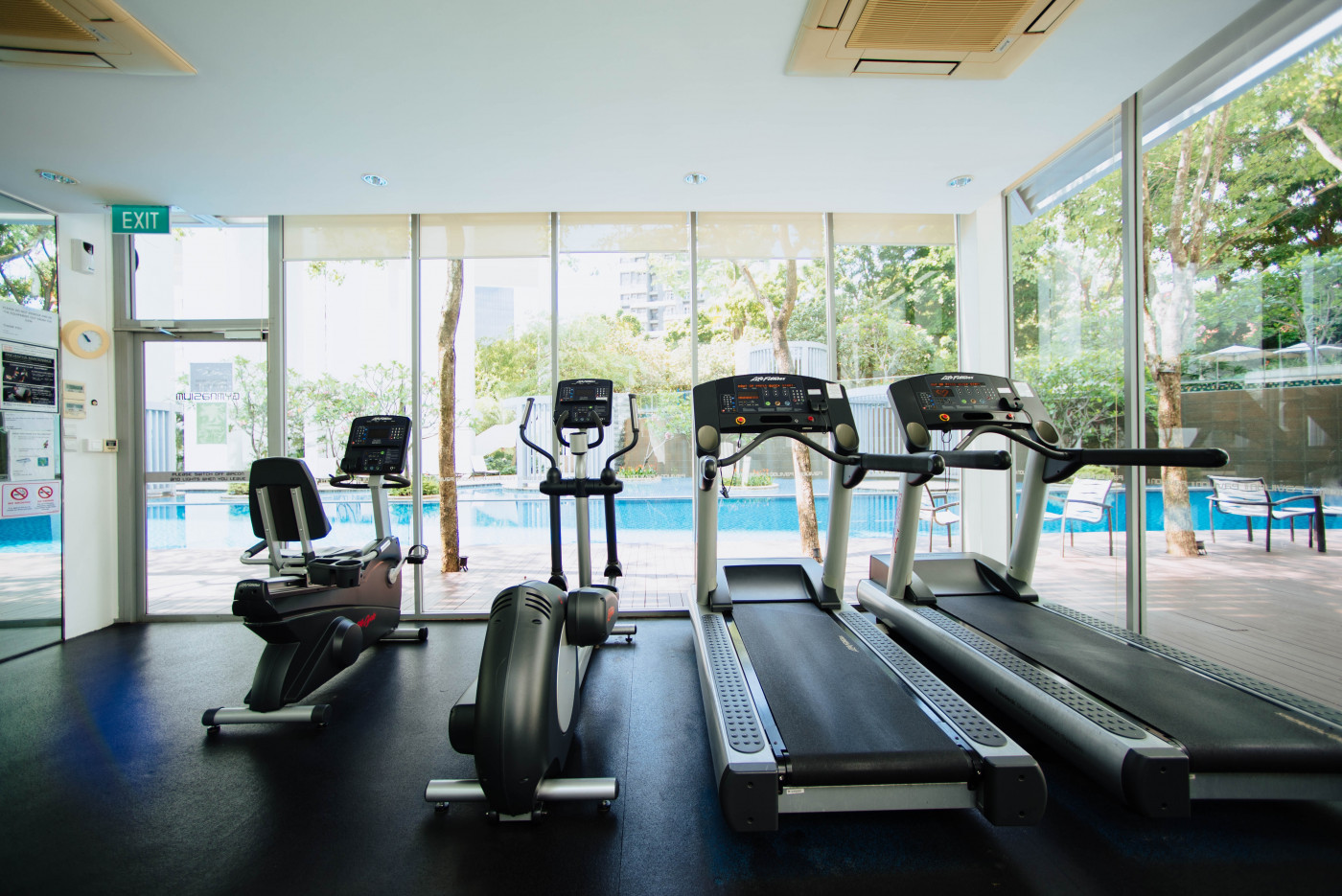$2.7M NIH Grant Supports Study of Interval Treadmill Training in Children with CP

The Eunice Kennedy Shriver National Institute of Child Health & Human Development (NICHD), a part of the National Institutes of Health (NIH), has awarded a five-year, $2.7 million research grant to support a trial that aims to see if “short-burst” treadmill training might help children with cerebral palsy walk better.
The trial expects to start enrolling children at two sites — the Louisiana State University (LSU) Health New Orleans and Seattle Children’s Research Institute — in early 2020. More information about the study and how to enroll is available here.
Cerebral palsy (CP) comprises a group of neurological disorders that affect posture and restrict movement. As children with CP get older, they are prone to become increasingly inactive and experience a significant decline in their motor abilities.
The project will compare the effects of two types of exercises — short bursts of intense treadmill training to traditional locomotor treadmill training — on the walking abilities of dozens of children with CP.
In short-burst training, children will walk in alternating intervals of 30 seconds at high speed and 30 seconds at low or moderate speed, for a total of about 30 minutes. Those given traditional training will walk at steady-state speeds for up to 30 minutes. Rests will be allowed as needed.
“Children with cerebral palsy walk primarily at lower-intensity stride rates with less variability, which limits their walking activity and ability to participate in daily life,” Moreau, PhD, PT, associate professor of Physical Therapy at LSU Health New Orleans School of Allied Health Professions, and a study co-principal investigator, said in a press release.
“Typically developing children engage in short bursts of intense physical activity interspersed with varying levels of low-intensity activity throughout the day. We want to determine if the short-burst interval training will optimize motor learning resulting in improved walking capacity, mobility and performance for these children,” she added.
The study (NCT04026295) will evaluate both the immediate and long-term effects of each type of training. It will also assess whether short bursts of intense exercise on children’s walking capacity and performance come through improvements in muscle power generation.
“The scientific premise is that [short bursts of intense treadmill training], that approximates the walking intensity patterns of typically developing (TD) children … will be more effective than [traditional locomotor treadmill training] in improving walking capacity and performance,” the researchers wrote in the trial’s description.
The study is expected to enroll 72 children, between the ages of 6 and 10, who will be recruited from the LSU Health New Orleans or the Seattle Children’s Research Institute. Children will perform a total of 40 training sessions at home, five days per week for eight weeks, supervised by a training expert.
“We want to make participation in the study as convenient as possible for the children and their families,” Moreau said.
“This research is significant because it will be the first step in a continuum of research that is expected to direct locomotor training protocols and rehab strategies across pediatric disabilities and positively effect changes in community-based walking activity and performance for children with CP,” she added.


